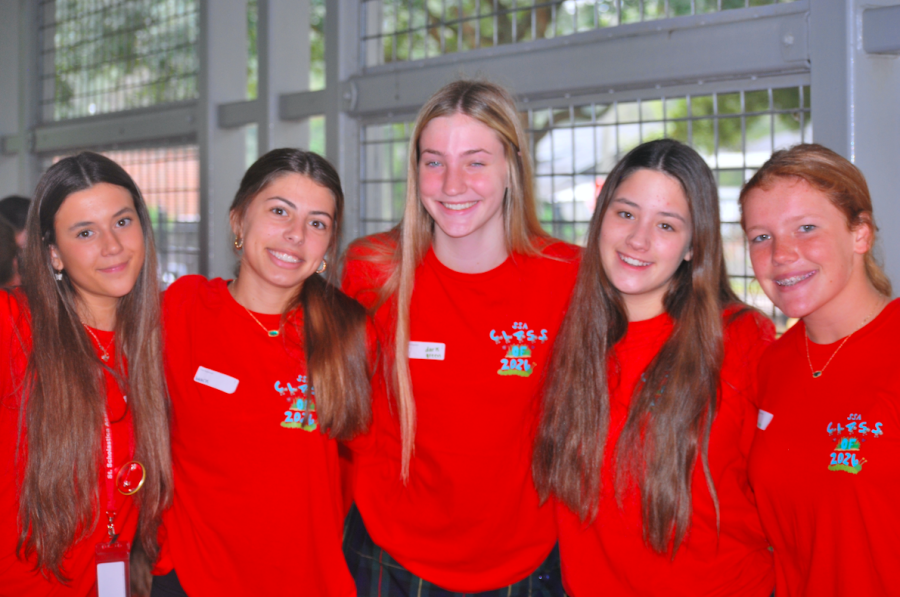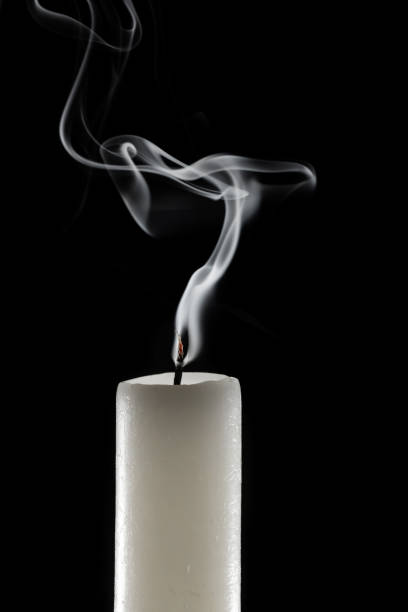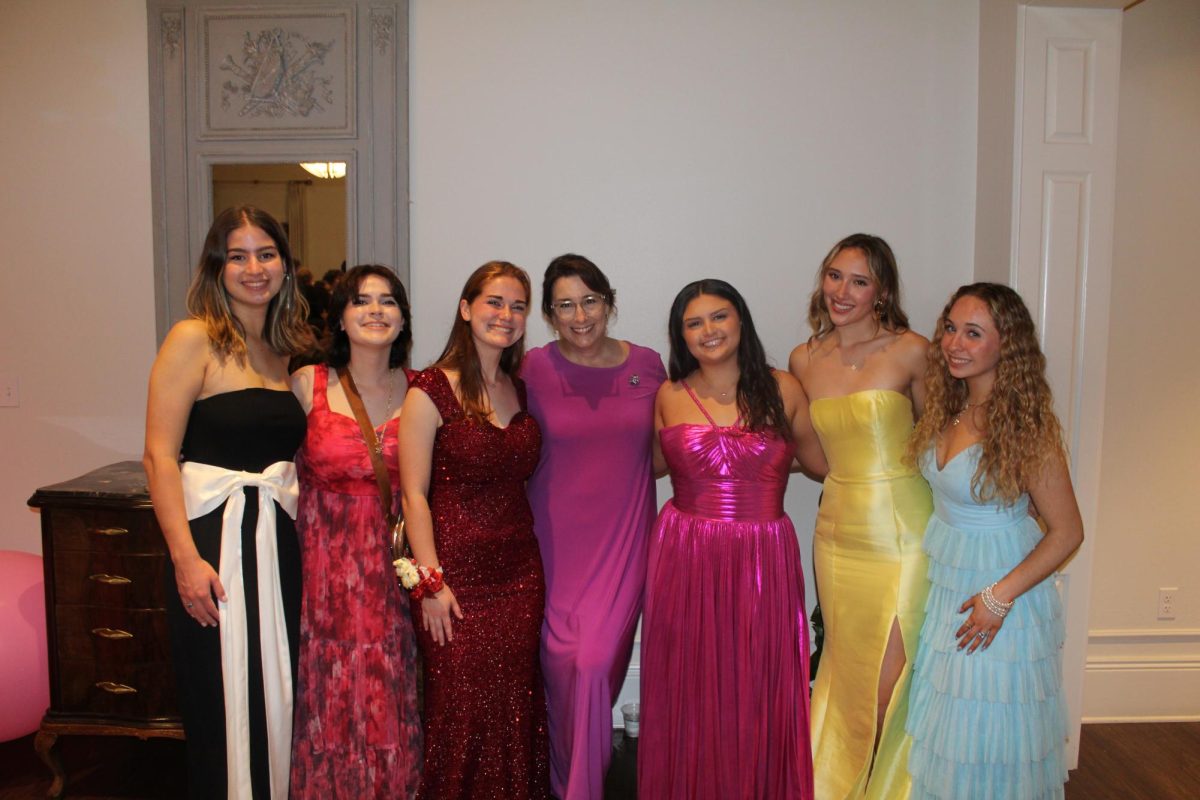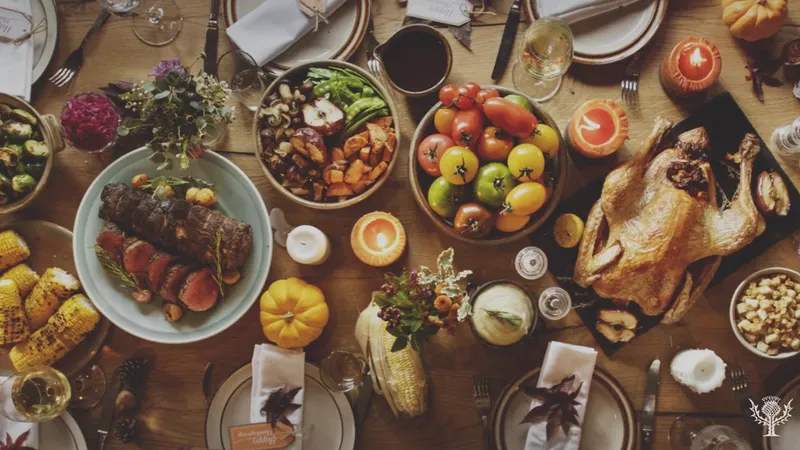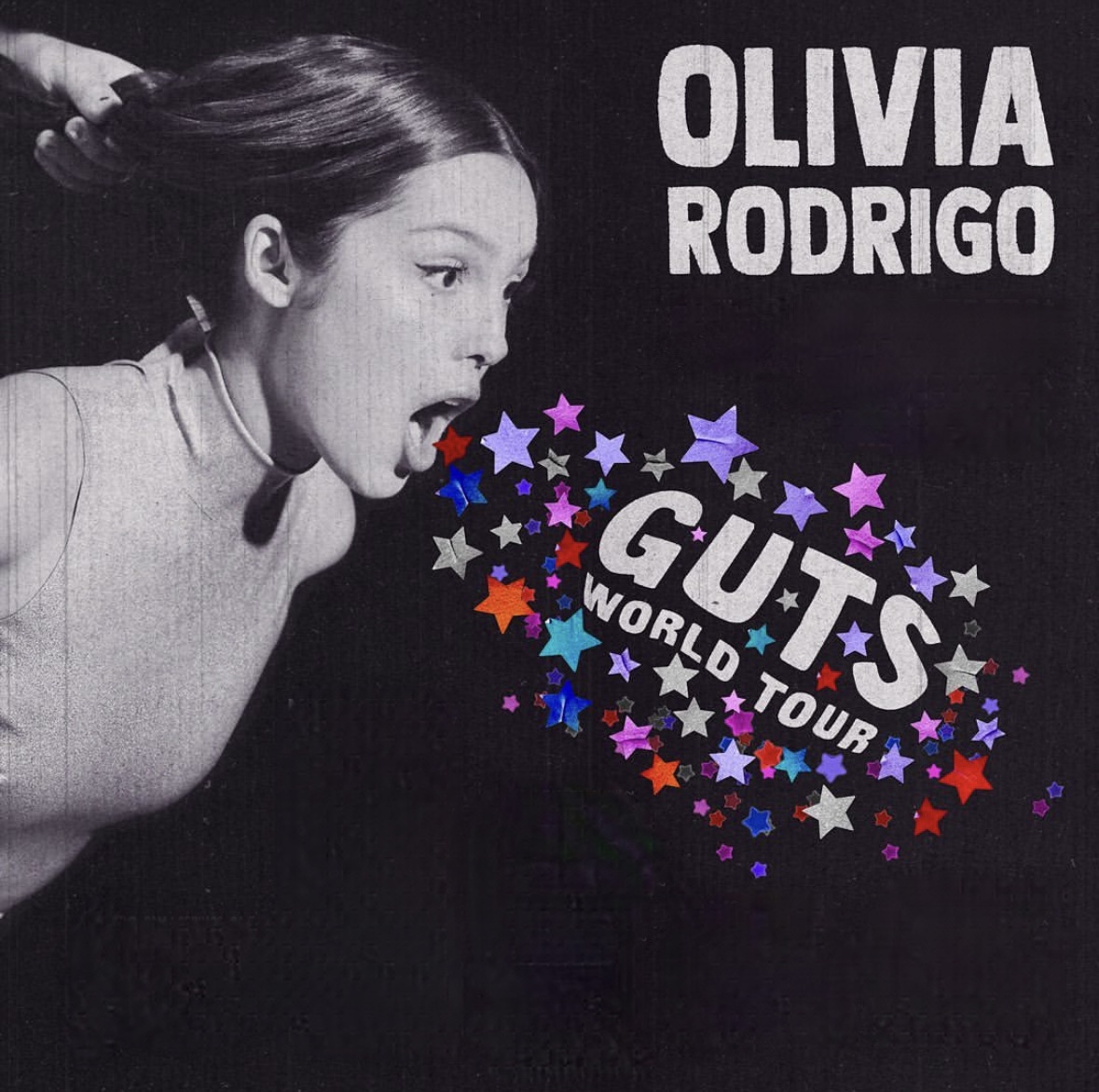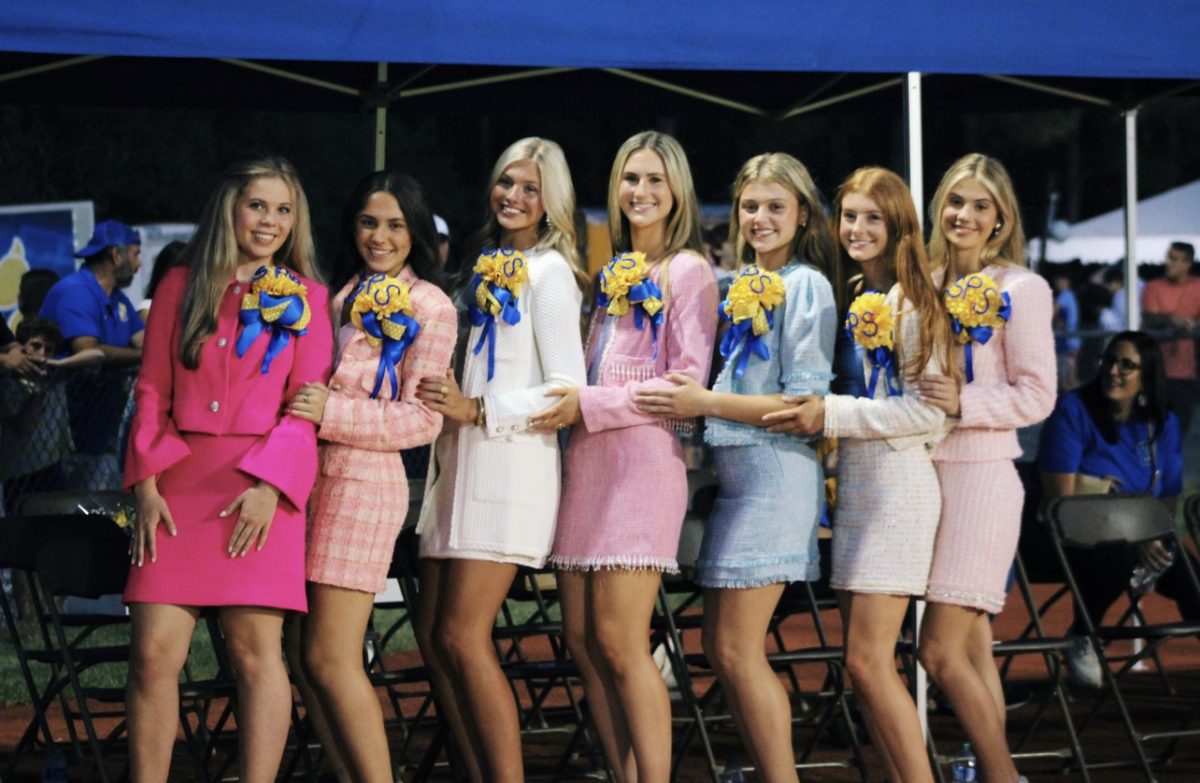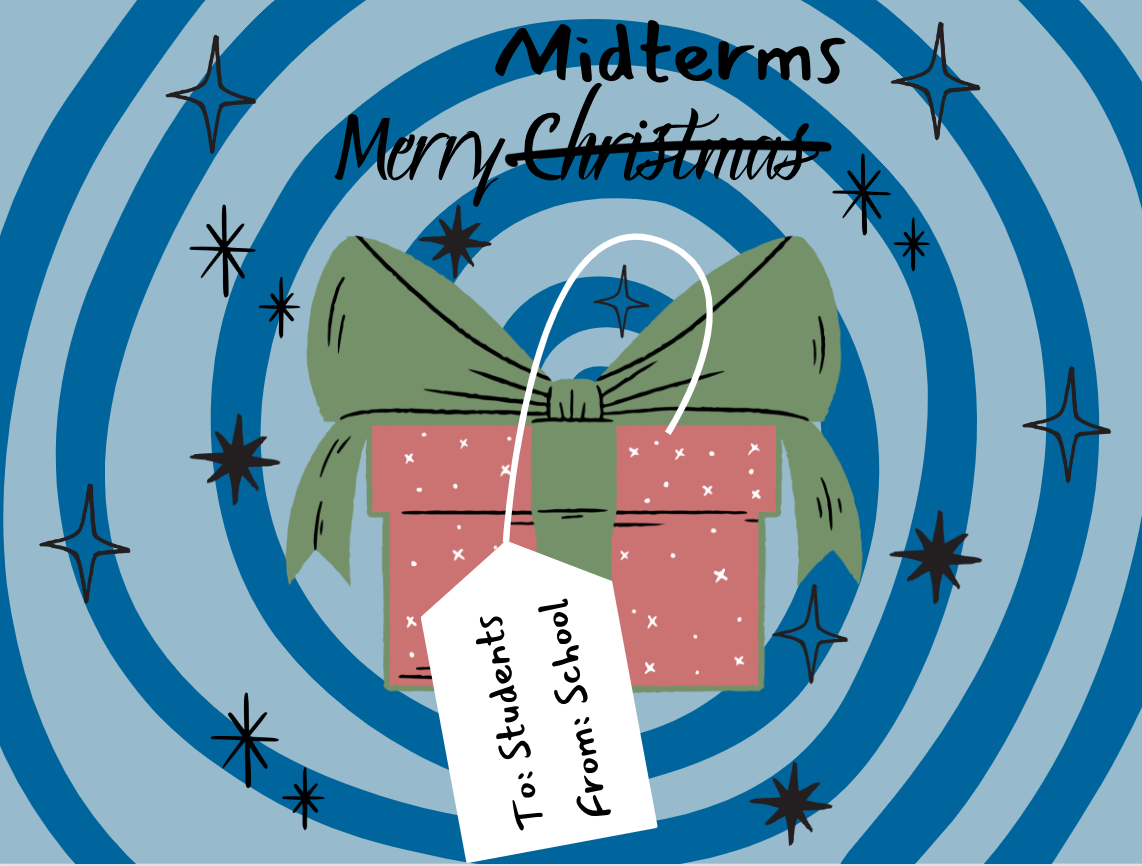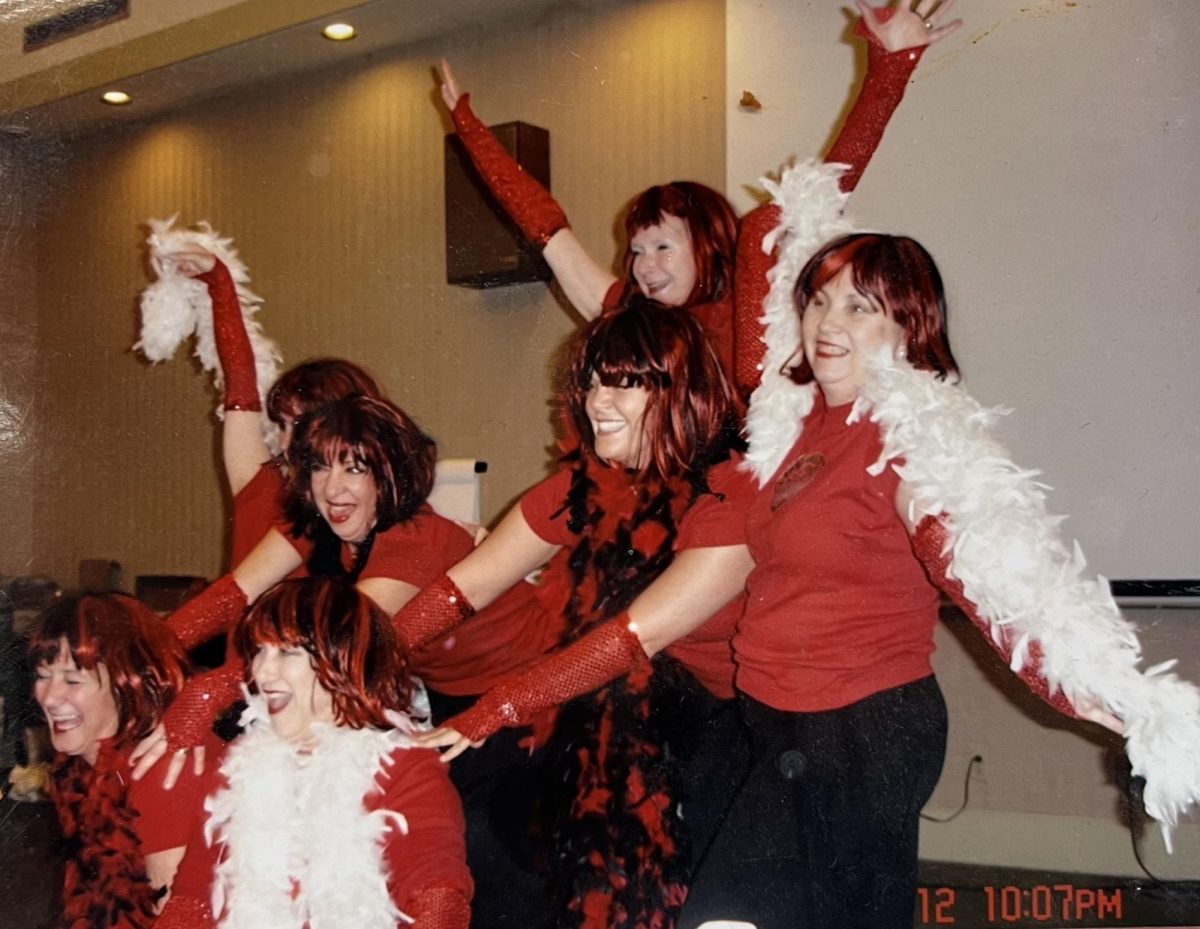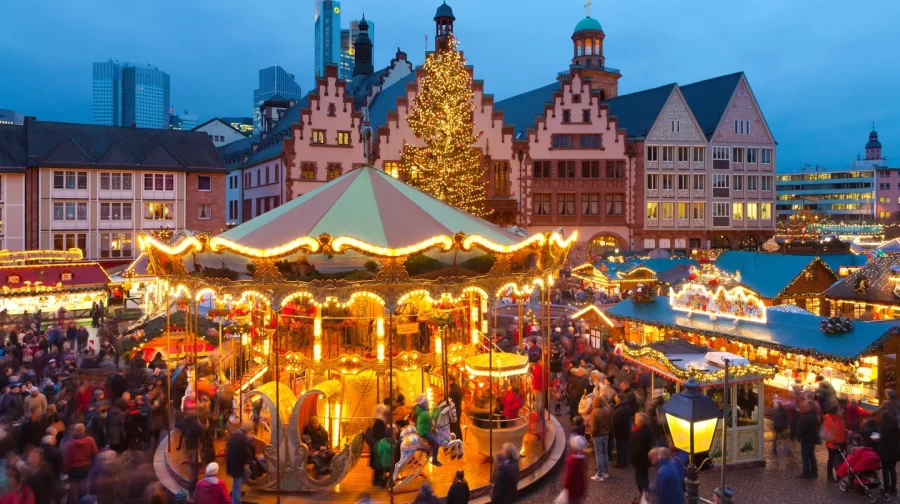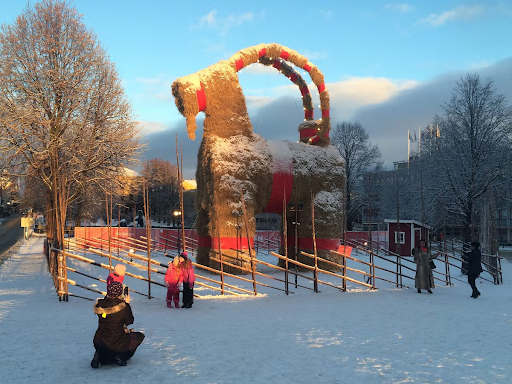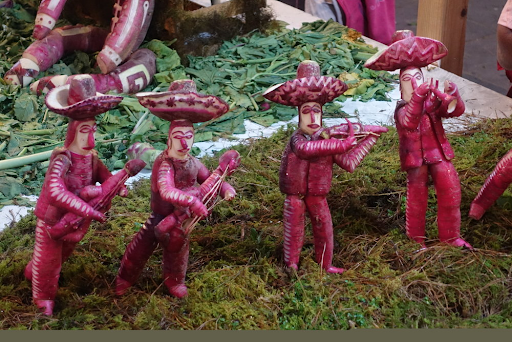It’s Beginning to Look A Lot Like Christmas???
Ever wondered how other countries decorate for Christmas? Take a dive into the weird, wild and wondrous traditions of the winter holiday around the world!
The day after Thanksgiving is usually celebrated as being the time to hang up the Christmas tree, stockings and bright lights, as nothing gets us pumped up more for the big man’s yearly visit. But taking out the same decorations and seeing the same advertised holiday trinkets can slowly chew away at that special winter cheer. It makes a person wonder if the other people of the world begin to feel the same way, but do they put out the same tinsel and tree skirts as we do? Perhaps other countries around the globe celebrate a little differently. For example, ever heard of Sweden’s Gävle Goat?
Sweden’s Gävle Goat
In the past few years, popularity surrounding goats has skyrocketed. From things like goat yoga to world-wide funny videos on the animal, many people would say the adorable creature has taken the world’s heart by storm. But have you ever heard of a goat not just made of straw but one that is also 43 feet high? Meet Sweden’s Gävle Goat! A giant straw goat made with 1,600 meters of rope, 12,000 knots, 1,200 meters of pine and lots of love. It takes around 1,000 hours (41 days) of manpower to create the structure and has even made it into the Guinness Book of Records. But what led to such a peculiar tradition? The idea started in 1966 when the creative plan was made to replicate Sweden’s traditional straw goats, customarily placed in homes during the winter holiday, into that of one quadrupled in size. The initial goal of such a feat was to attract more tourism and customers to the local area but instead turned into a yearly custom. Yet what this loved goat is known most for is its bad luck. Every year the structure is found mysteriously caught on fire and burned to the ground. Other times, both criminals and hackers alike have made plans to kidnap the goat and have been caught in the act on multiple occasions. It is more rare to have the goat make it all the way to Christmas than it is to catch the perpetrators. But in the end, the Gävle Goat goes to show that teamwork can truly create something beautiful or, in this case, destructive.
The Cobwebbed Christmas Trees of Ukraine

Almost everyone knows and loves the tradition of hanging ornaments on their Christmas tree, but have you ever heard of hanging cobwebs on your tree? Such a bizarre statement is an actual tradition seen as normal in Ukraine. But not to worry, people don’t hang real spiderwebs and arachnids on their trees, though seeing a real spider on a Christmas tree is seen as good luck. Instead, they hang patterned ornaments shaped as cobwebs and spiders, usually bedazzled and painted gold or silver. The tradition is based on the Ukrainian folktale telling of a struggling widow and her children who lived in a straw shack with dirt flooring. On a random summer day, a pine cone had fallen onto the shack’s dirt flooring. Instead of throwing it out of their home, the children instead nurtured it, wishing for it to turn into a magnificent tree by Christmas time. And though the pinecone did grow into a magnificent tree, the poor family did not have enough money to furnish it. Waking up on Christmas morning, the windows of the shack were opened, and the sun’s rays magically turned the spun webs along the tree’s branches into real golden and silver threads. The story ends with the widow and her children never being poor in spirit nor riches after that day. And even though the Ukrainians know this folktale to be nothing more than a bedtime story, they still keep it close to heart. This tradition goes to show that people can see beauty in even the strangest of things.
México’s Night of the Radishes
Constructing gingerbread houses is no challenge for the faint of heart, but constructing one merely out of radishes is a whole other challenge. This beautiful and delicious Christmas competition, held in the Mexican city of Oaxaca, consists of radish farmers and sculptors alike working together to bring in the gold. There is no limit to the artists’ creativity, as they are allowed to build anything or anyone out of the pinky, red vegetable. And as long as they have the tools, radishes and perseverance, anyone can join in on the competition. Most of the art pieces are inspired by Christian events, Mayan culture and local, Mexican animals. Other sculptures exhibit popular figures like the artist Frida Kahlo or even mariachi band members. The old tradition was that on every December 23, a large Christmas market was set up, in which wood carvers would sell their work. The carvings were so successful in being sold, that the farmers decided they wanted to sell creations of their own. And that is where the radishes came in. It was all the way back to 1877 in which the mayor of the time made La Noche de Rábanos, Night of the Radishes, an official event. And though some may not like radishes, no one can refuse these amazing pieces of artwork.
The Decorated Ships of Greece
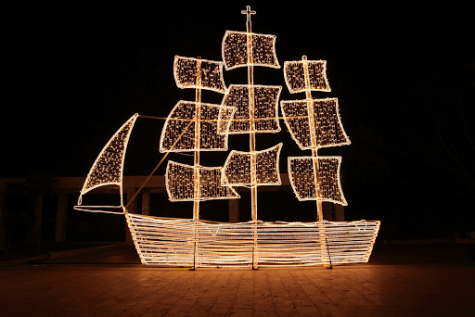
When it comes to traditions, culture usually has a big impact. And in this case, Greece has always had their traditions connected in some way to the sea. With boats and water being their main life source, as well as influence surrounding their religious beliefs, it is no wonder there is such an important holiday tradition encompassing their way of life. The Greeks’ ships were initially decorated on every December 6th in celebration of Saint Agioa Nikolaos’, the patron saint of sailors, Feast Day as a sort of good luck charm when on the open seas. Smaller boats made of paper or wood were soon crafted to fit in hearths, as a sort of ornament for homes, to include everyone in the celebration. The ships were to always face the center of the house to symbolize a safe and ensured journey home for sailors. Small coins were even added to the mini, hand-crafted boats in hopes of returning crews carrying riches home. This custom of decorating boats, both massive and small, soon spread from the coastal regions to the mainland of Greece, creating an array of new holiday uses for the ships. Children would carry their boats from house to house while caroling, in which the listener would reward them by tossing sweets, toys or even coins into their mini ships. Popularity of decorating Greek boats died down for a long while, up until 1999, in which it emerged once again for Christmas time. The tradition has changed quite a bit, with ships now being dragged into the center of cities to be strung with lights galore. However, as much as this tradition has changed, its beauty has not.
From a 43 foot tall goat to a Frida Kahlo made of radishes, it goes to show that everyone celebrates the holidays in their own unique way. And with so many traditions and customs around the world, no one can ever truly get bored knowing that their own Christmas customs can excite someone on the other side of the globe. In the end, even if we differ in decor and practices, we can all still find connection through the holiday cheer and kindness it brings.
Sources:
https://www.schumachercargo.com/christmas-decorations-around-the-world/
https://www.visitgavle.se/en/about-gavle-goat
https://holistichellenic.com/2020/12/24/to-karavaki-traditional-xmas-in-greece/







